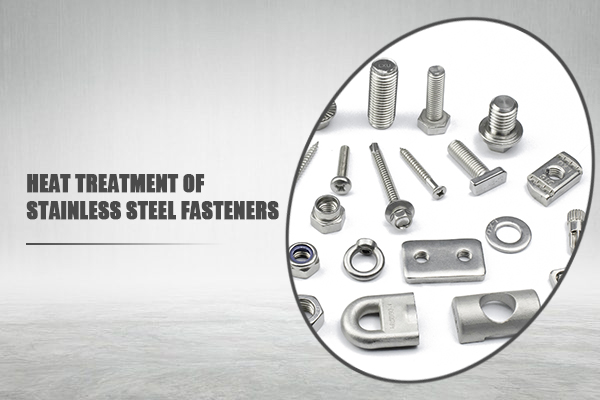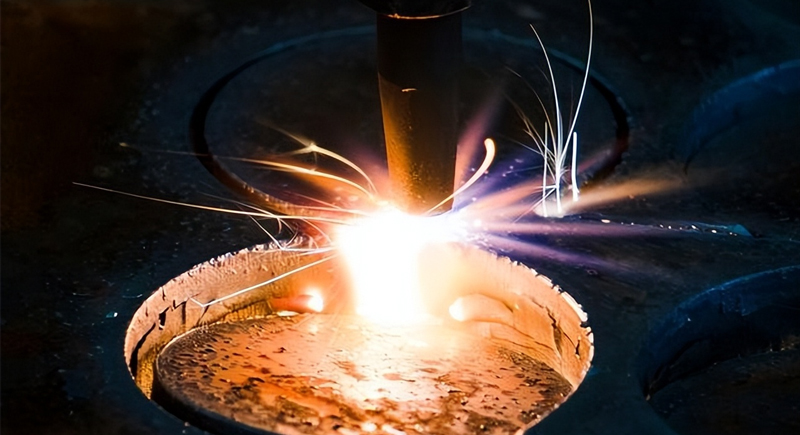VIDEO & CENTER

First, stress removal treatment
Stainless steel fasteners will produce residual stress inside after cold working or welding processes. If these residual stresses are not eliminated, they will affect the dimensional stability and mechanical properties of fasteners, and in serious cases may even lead to deformation or fracture of fasteners during use. Stress relief treatment was born to solve this problem.
Under normal circumstances, the stainless steel fasteners are heated to 300-350 ° C for tempering, which can effectively eliminate these residual stresses. However, for stainless steel fasteners that do not contain stabilizing elements Ti and Nb, the heating temperature cannot exceed 450 ° C, otherwise it will precipitate chromium carbides, which will lead to intergranular corrosion. For ultra-low carbon and cold working parts and welds containing Ti and Nb stainless steel, they need to be heated at 500-950 ° C and then cooled slowly, which can not only eliminate stress, but also reduce the tendency of intergranular corrosion and improve the stress corrosion resistance of fasteners.

Second, stabilization treatment
Stabilization treatment is mainly for stainless steel fasteners containing Ti and Nb, which are usually carried out after solid solution treatment. The fasteners are heated to 850-880 ° C after air cooling, at which time the carbides of Cr will be completely dissolved and fully precipitated during the cooling process.
This process effectively prevents the carbon from forming chromium carbides again, thus completely eliminating the possibility of intergranular corrosion. For stainless steel fasteners, stabilization treatment is like putting on a layer of "protective clothing", so that it can maintain stable performance under a variety of harsh working conditions.
Third, solid solution treatment
Solution treatment is the rapid water quenching of stainless steel fasteners after heating to 1050-1150 ° C, the main purpose is to let the carbide fully dissolve in austenite, and retain this state to room temperature.
After solution treatment, the corrosion resistance of stainless steel fasteners will be significantly improved, and it can also effectively prevent the occurrence of intergranular corrosion. For thin-walled stainless steel fasteners, air cooling can be used, but for most cases, water cooling is the better choice, because it can cool the fastener to room temperature faster, thus ensuring the effect of solution treatment.
The above three heat treatment processes are like the "three magic weapons" of stainless steel fasteners. By accurately controlling parameters such as temperature, time and cooling speed, the performance of stainless steel fasteners can be maximized.














